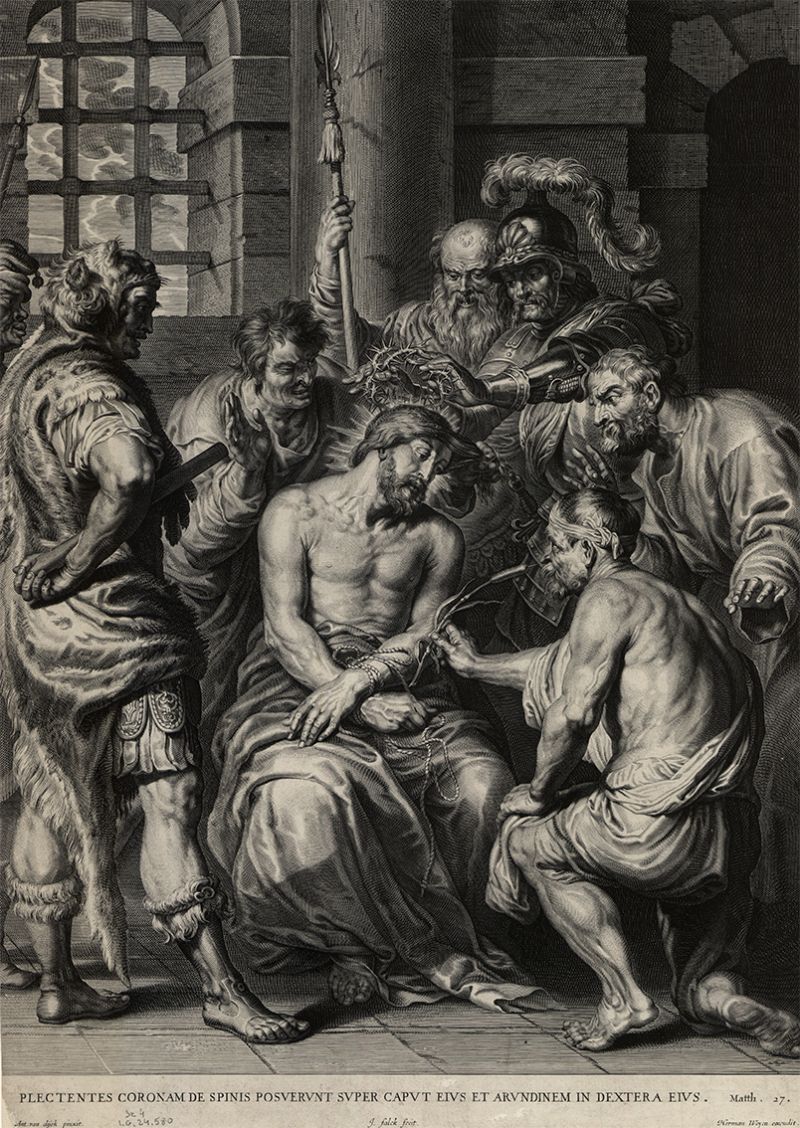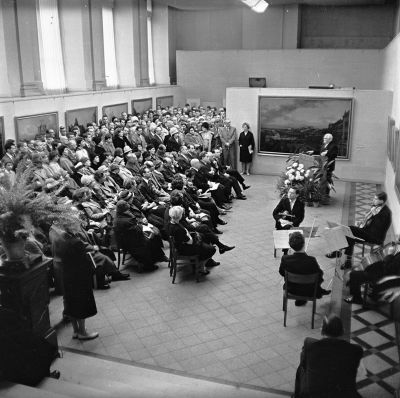Jeremias Falck
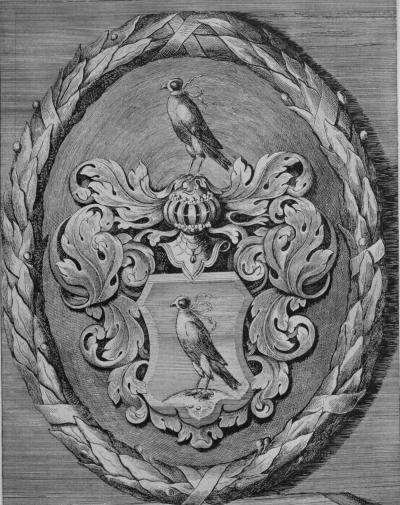
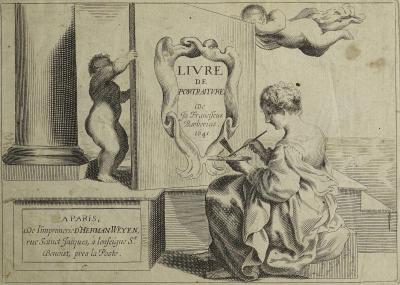

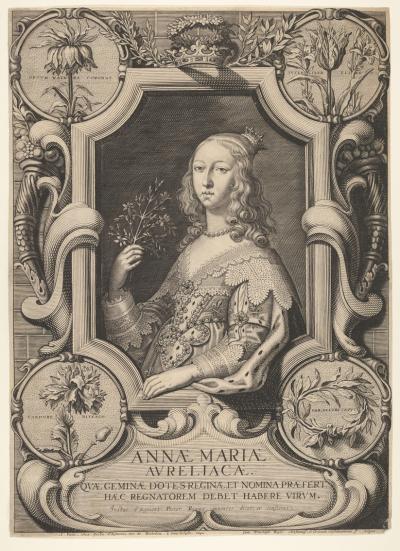
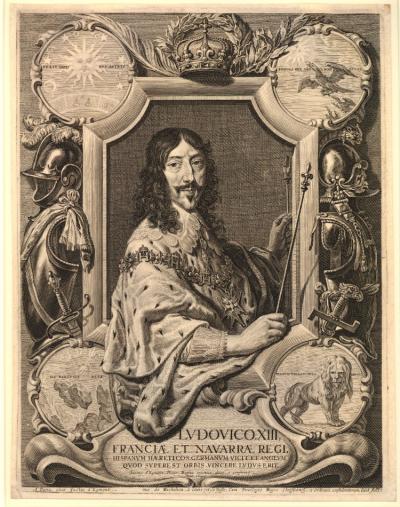
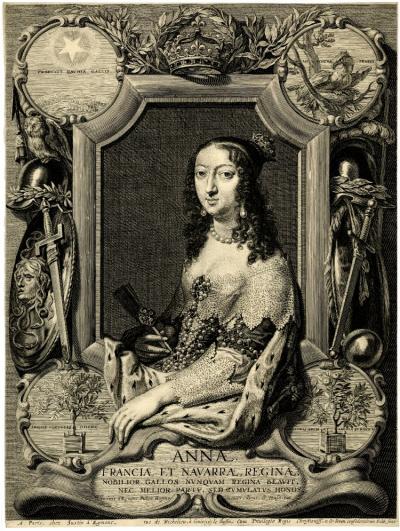
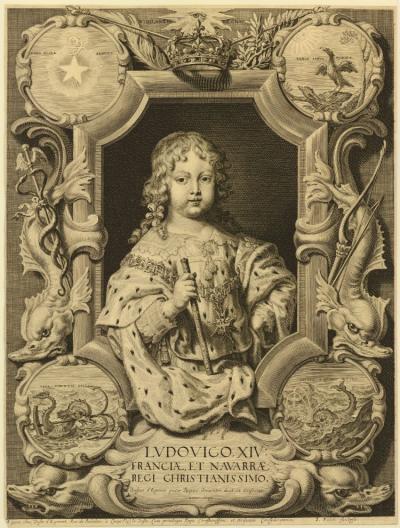
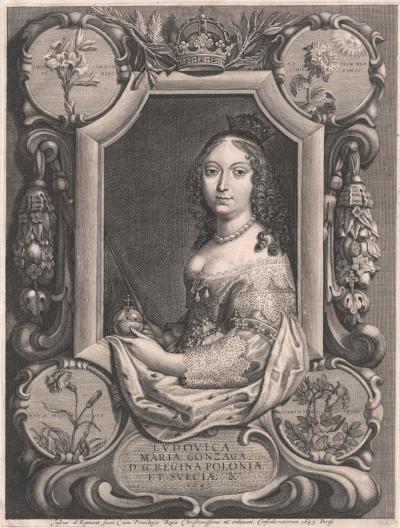
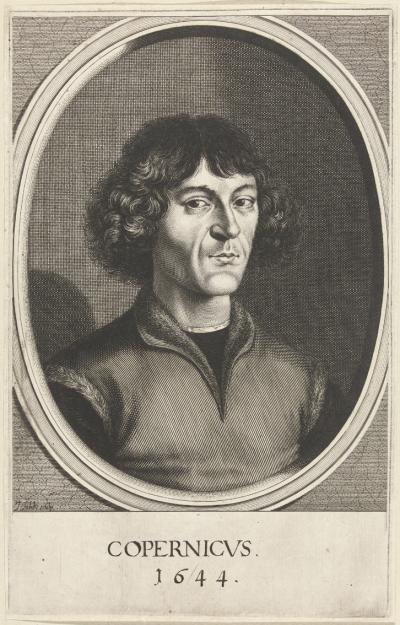
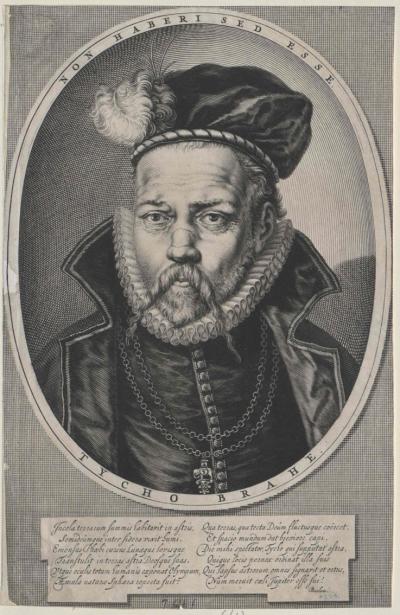
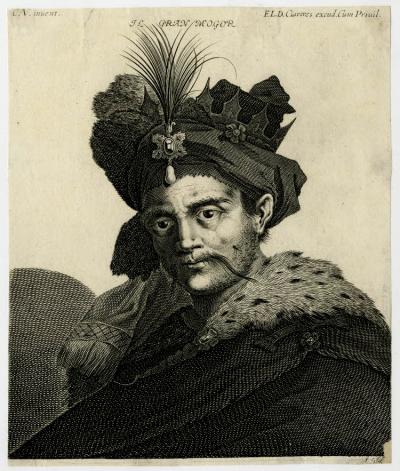
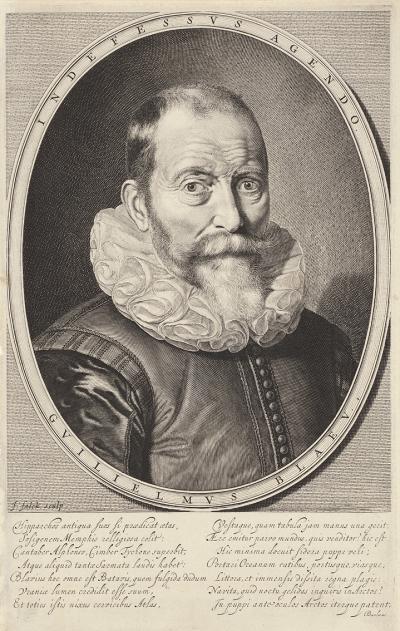
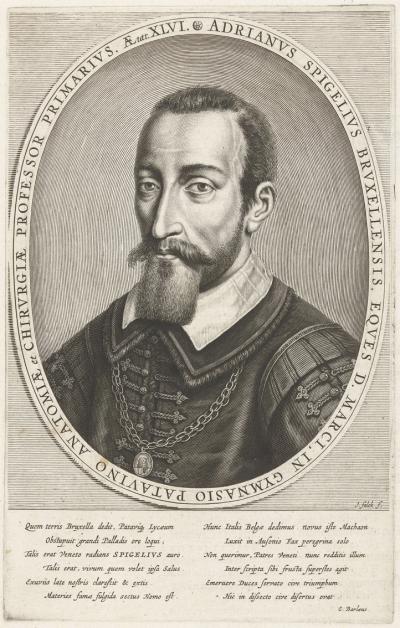
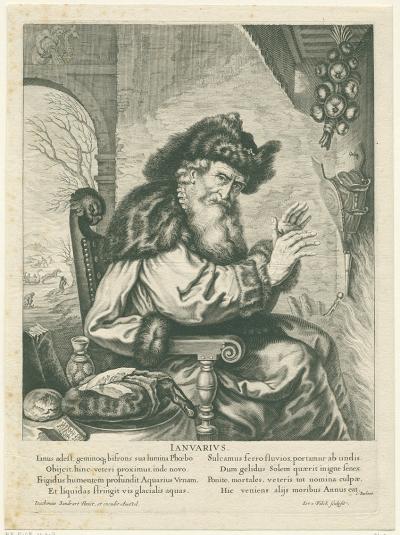
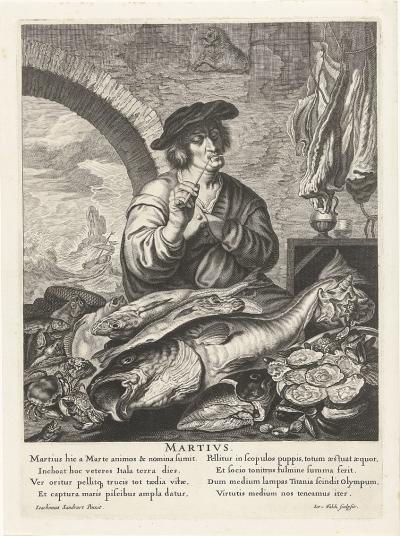
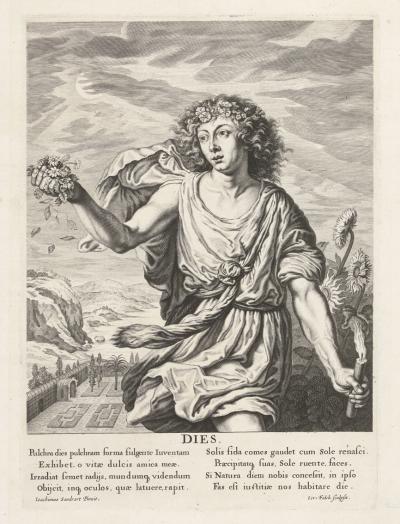
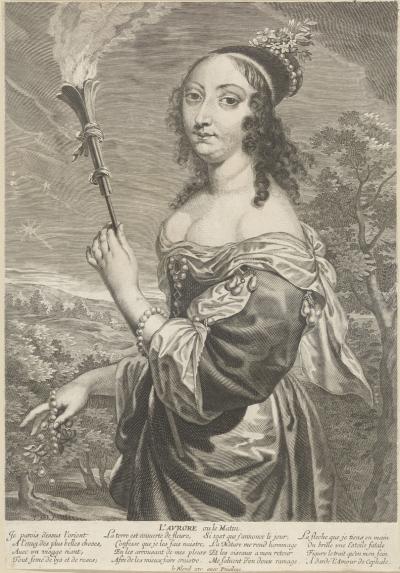
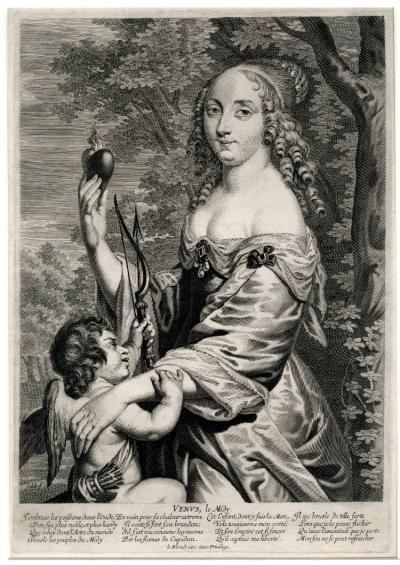
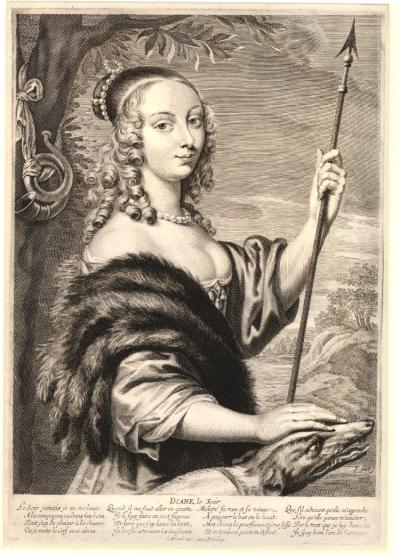
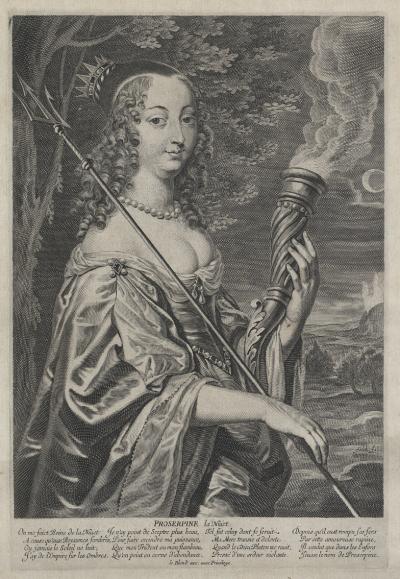

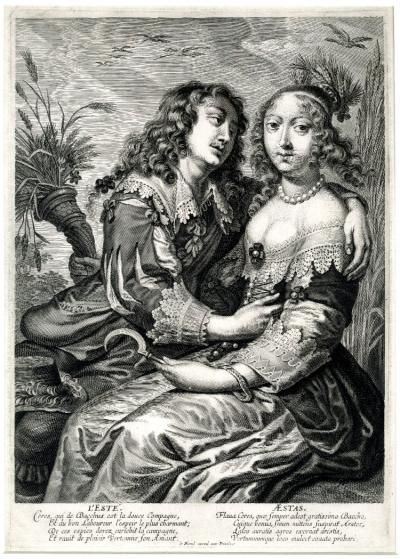
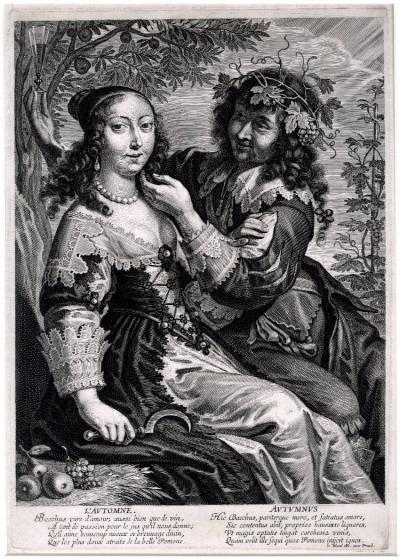
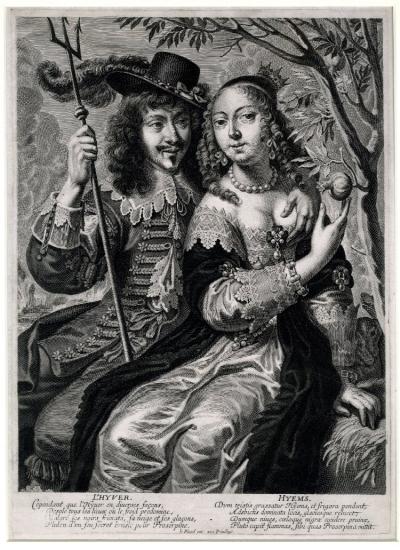
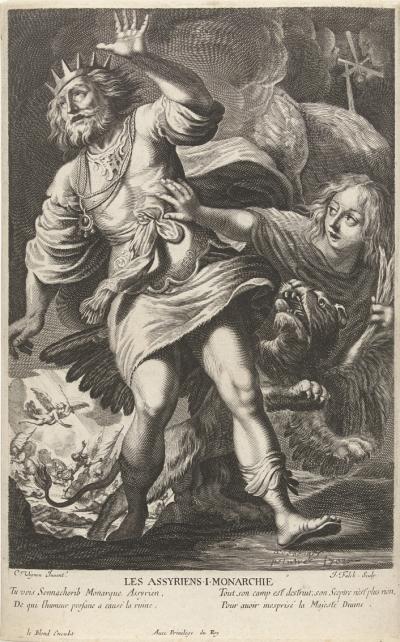
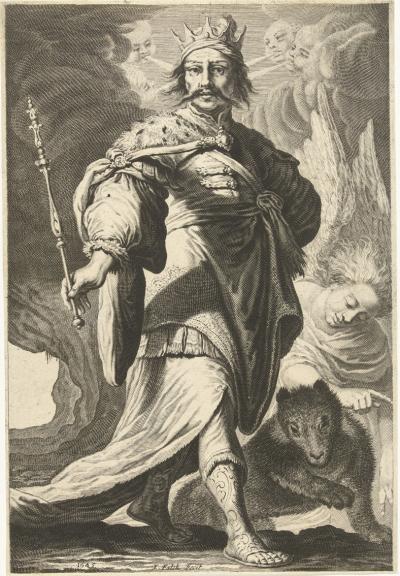

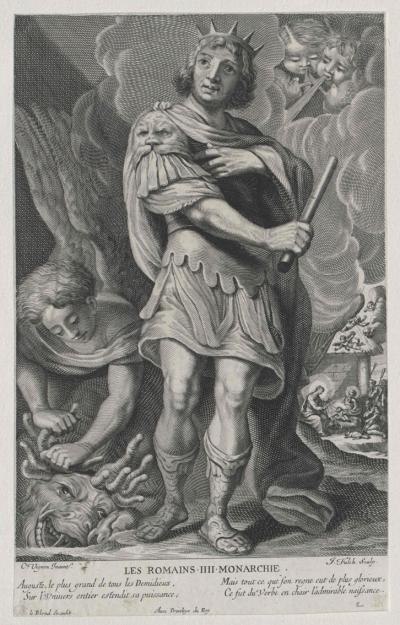
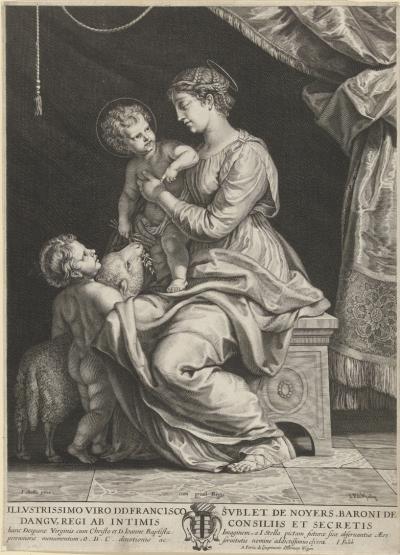
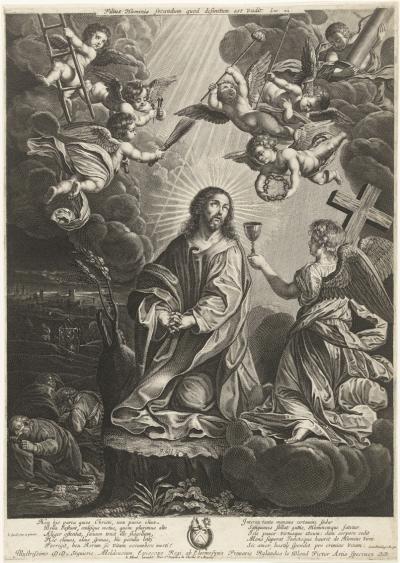

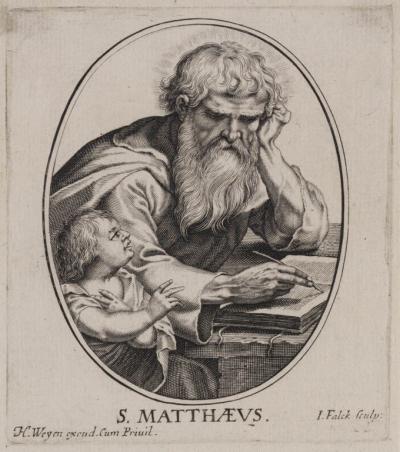
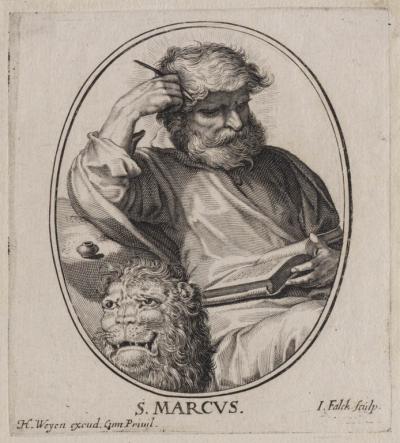
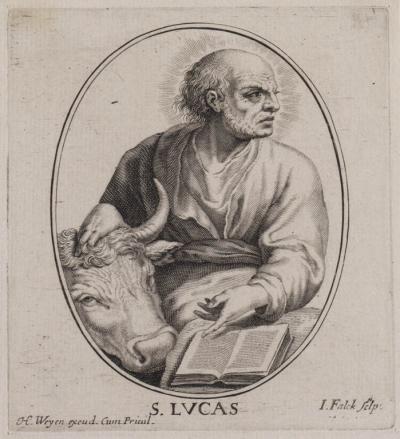
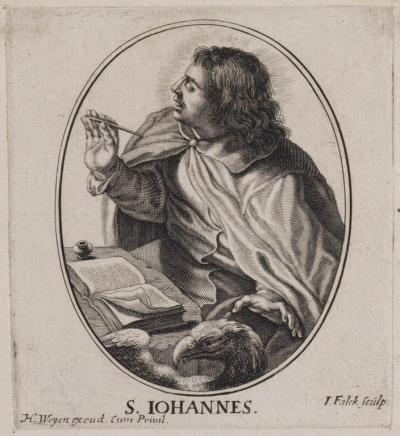
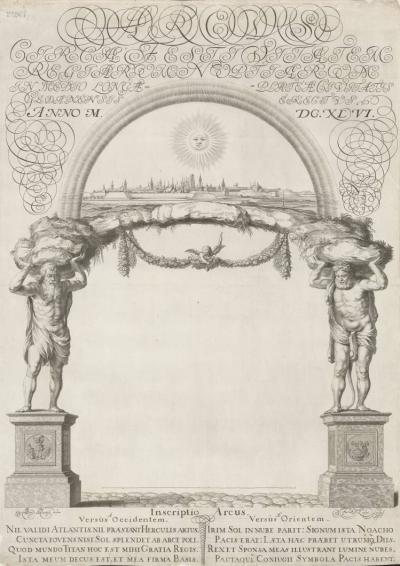

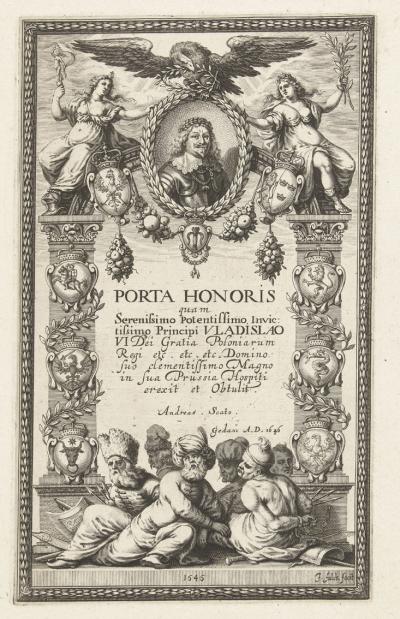
![Ill. 33: Title copper: Jerzy Ossoliński kneels before Pope Urban VIII Ill. 33: Title copper: Jerzy Ossoliński kneels before Pope Urban VIII - To the work by Jerzy Ossoliński: Illustrissimi et Excell[entissi]mi. Copper engraving after unknown. Original, 19 x 14,3 cm, not signed.](/sites/default/files/styles/width_100_tiles/public/assets/images/33_titelkupfer_1647_ossolinski.jpg?itok=In5yX0Cb)
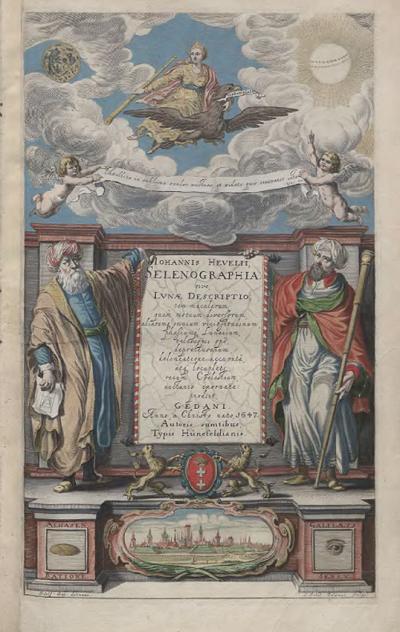
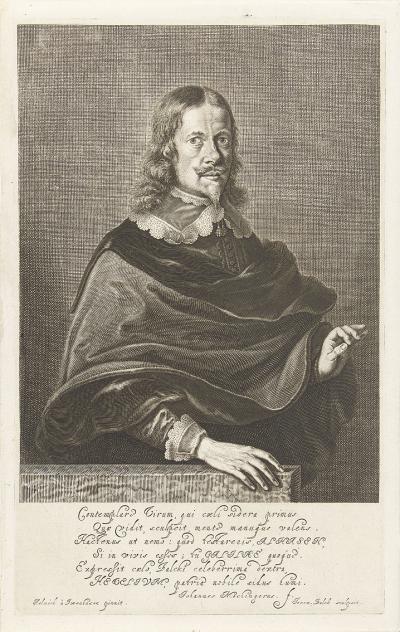
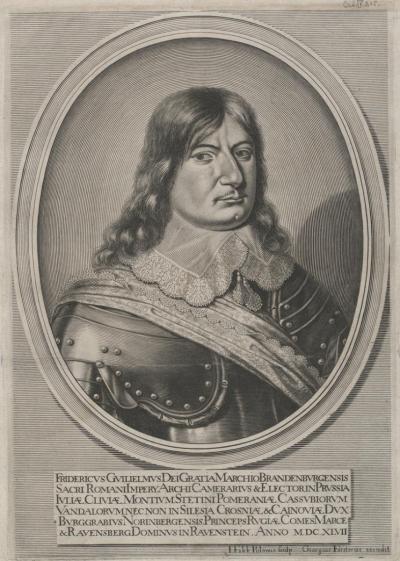
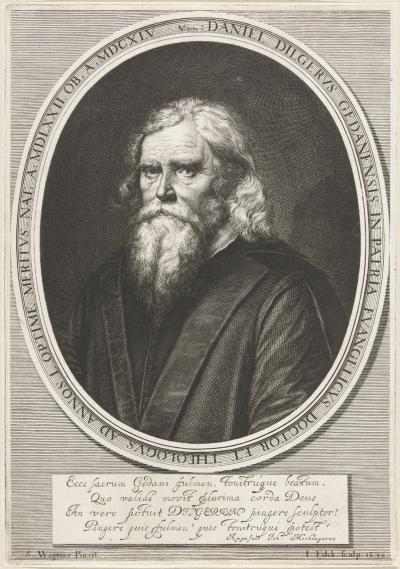
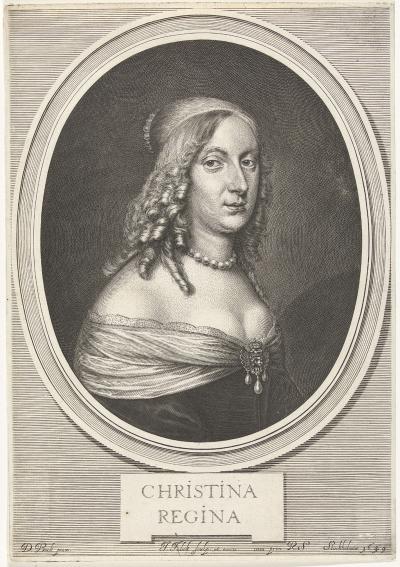

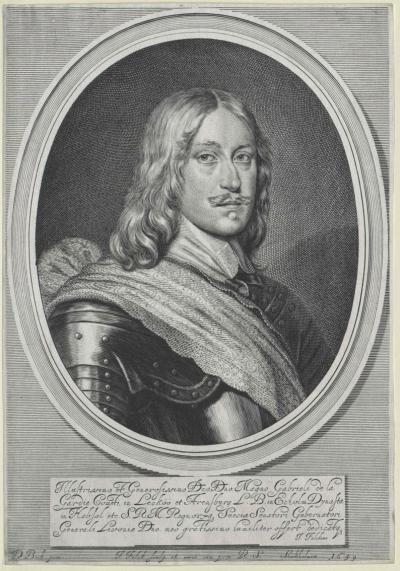
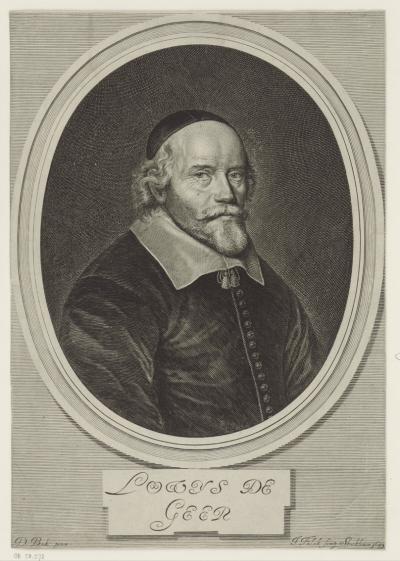
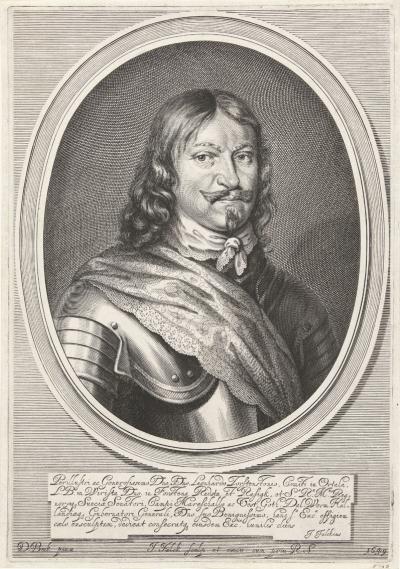
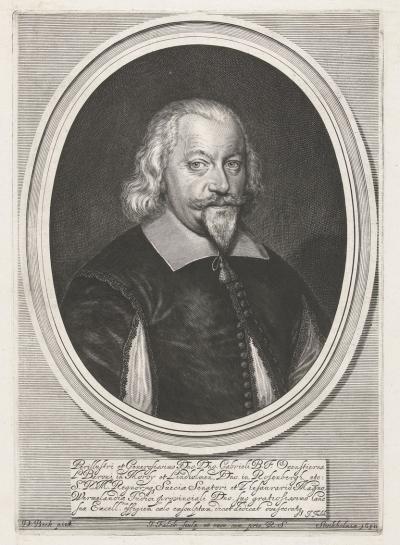
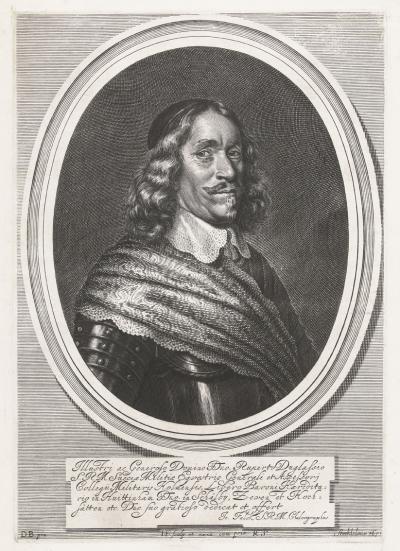
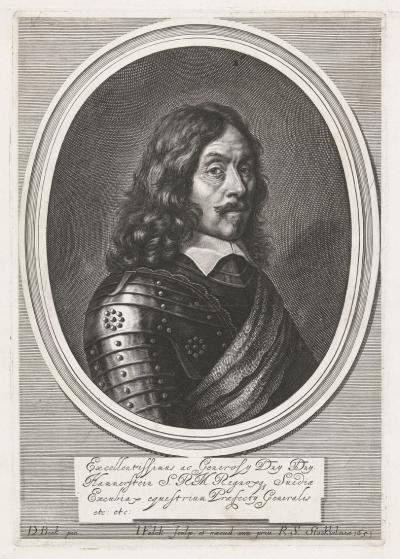
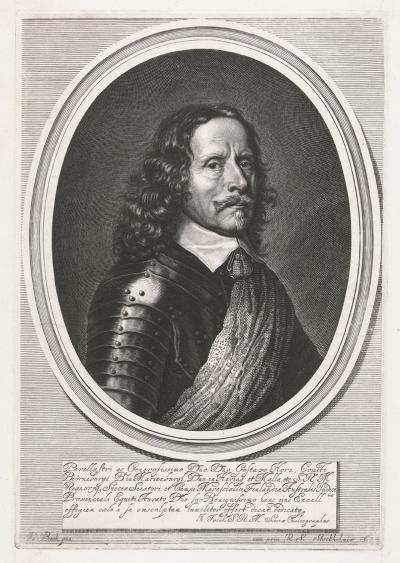
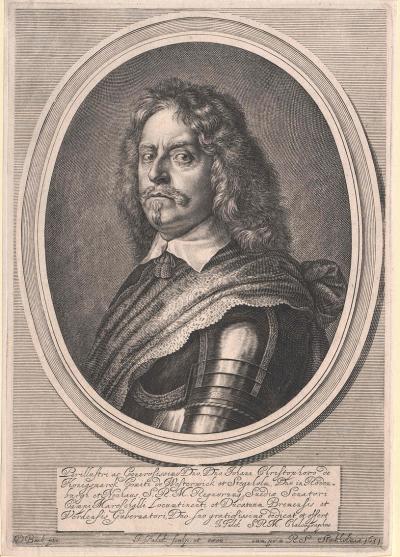
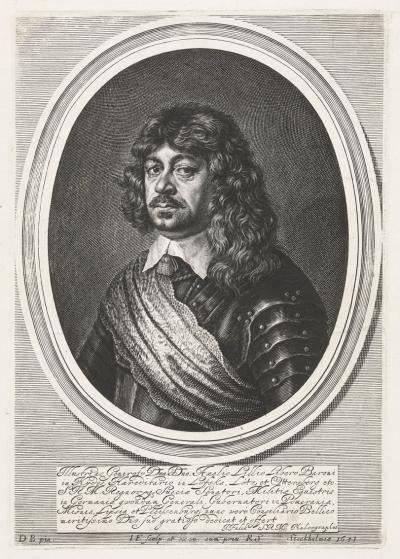
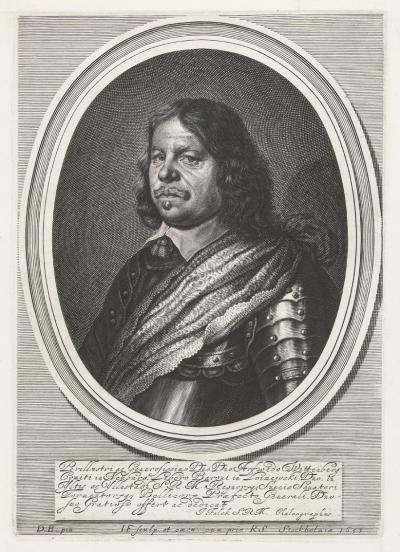
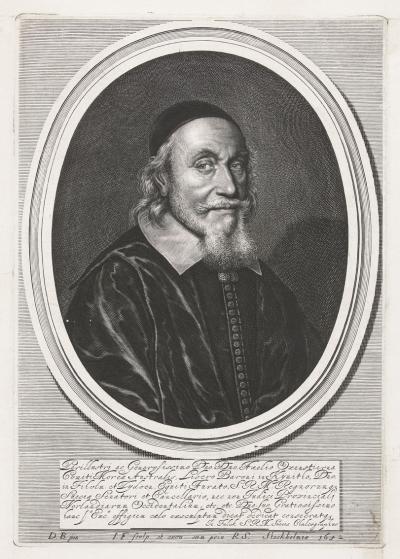
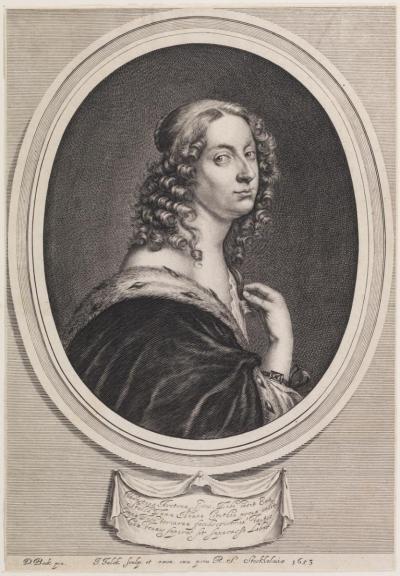
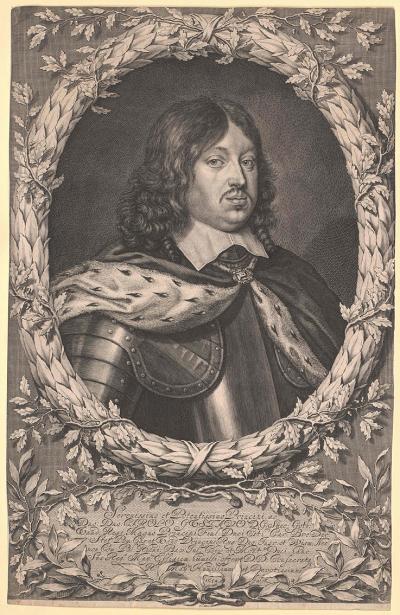
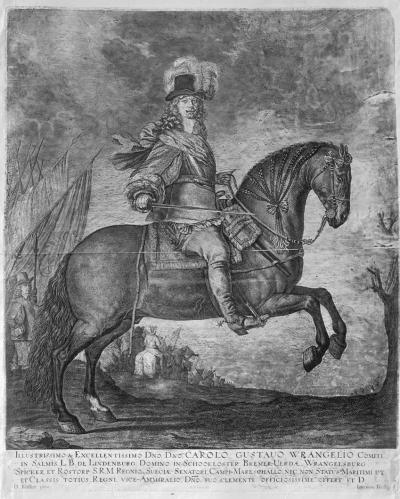

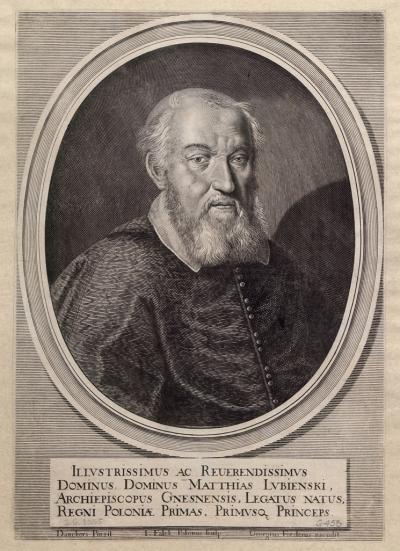
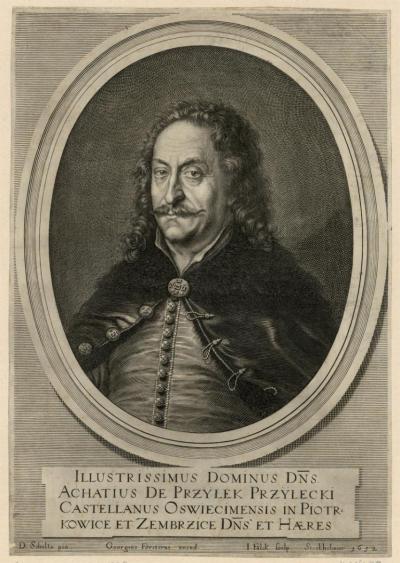
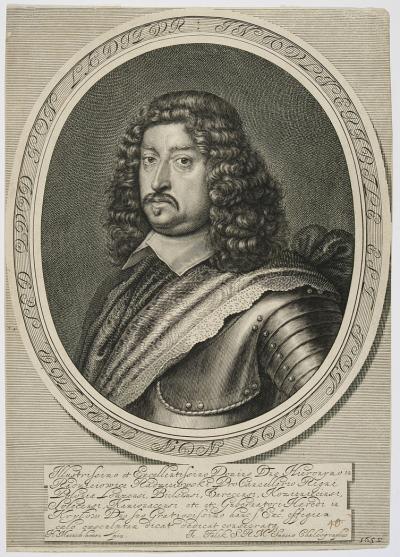
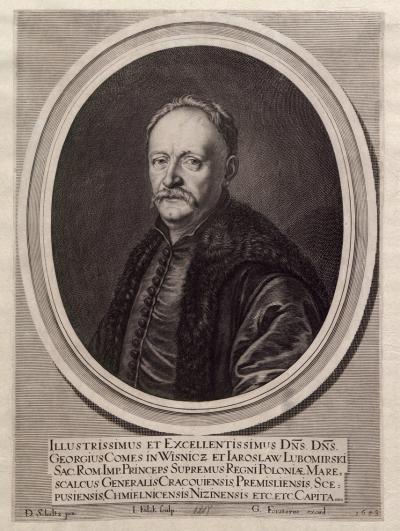
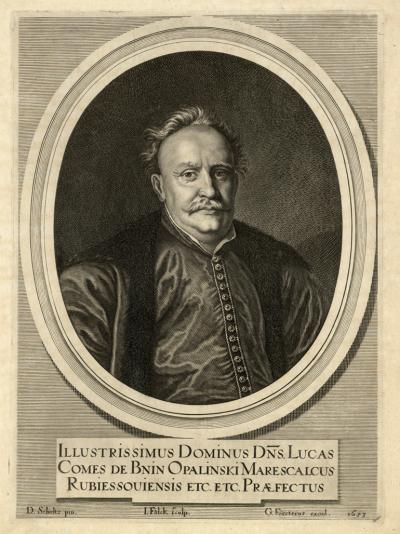
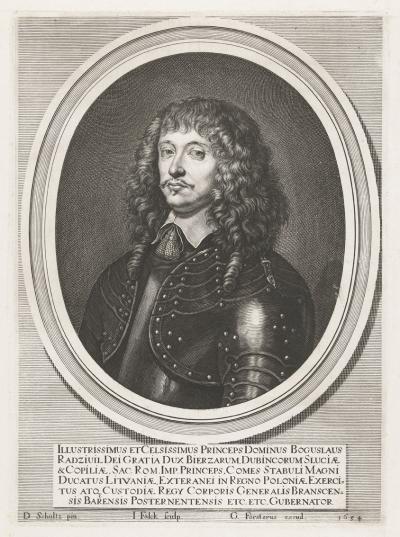
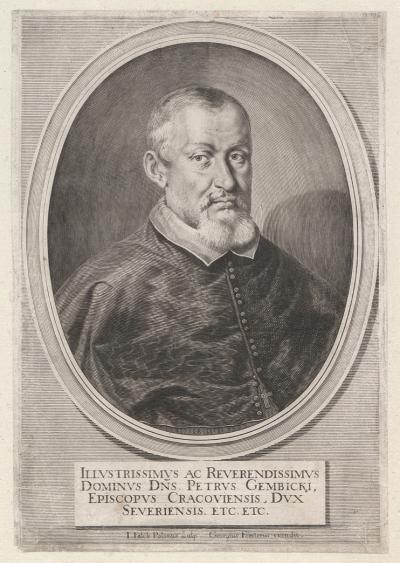
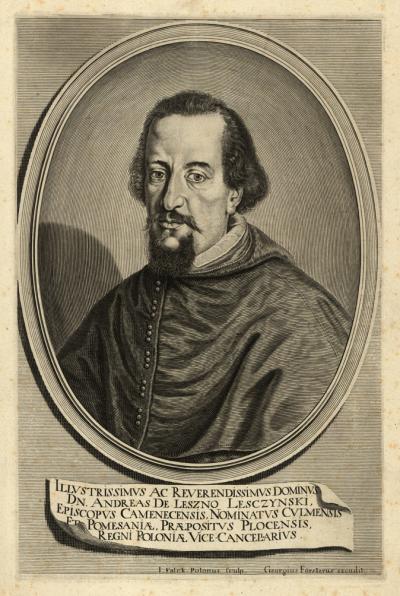
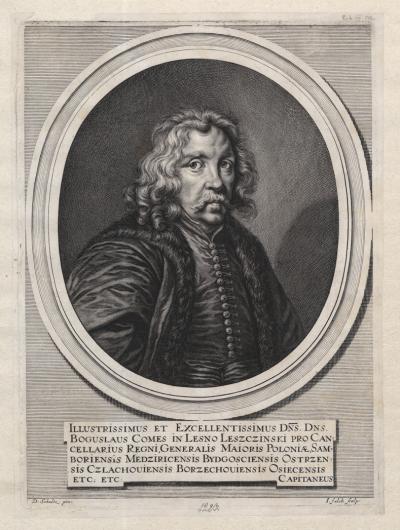
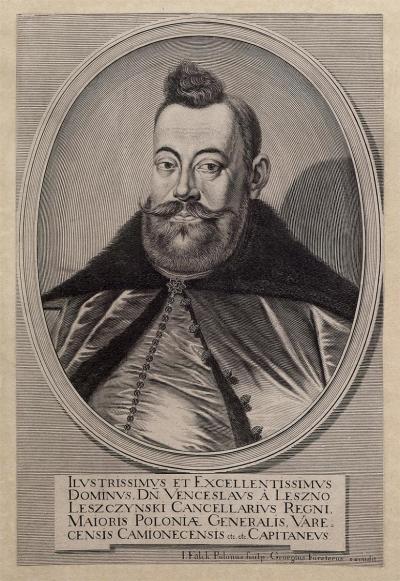
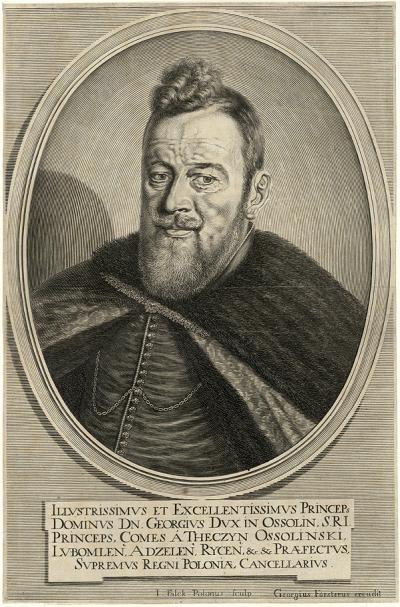
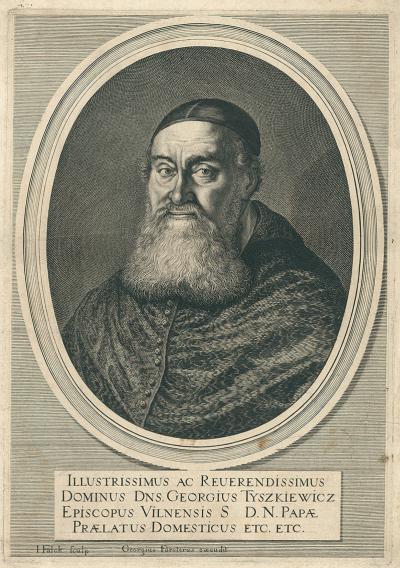
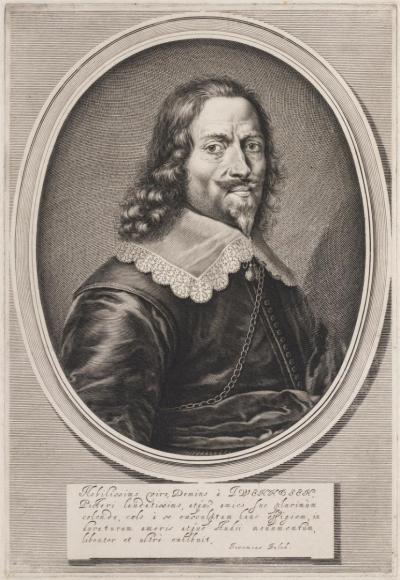

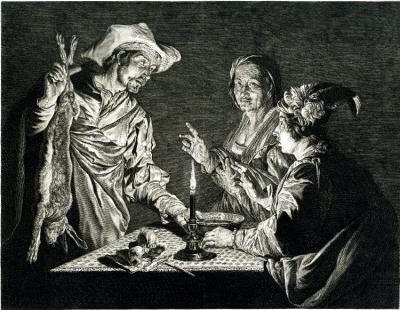
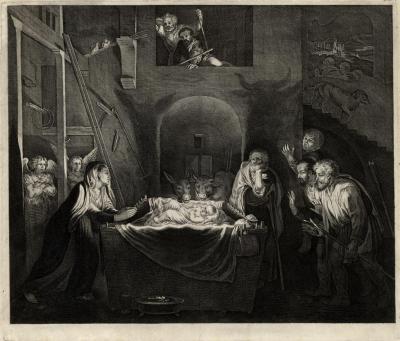
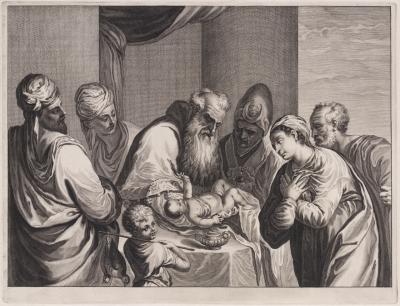
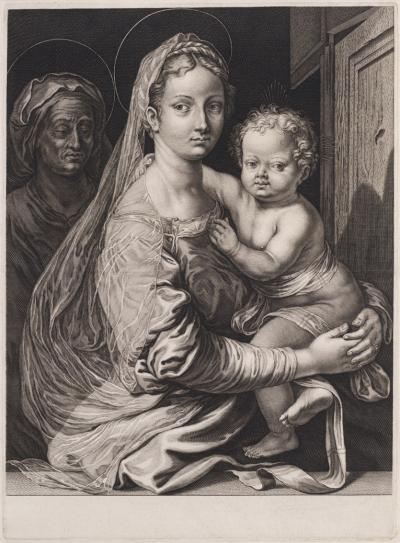
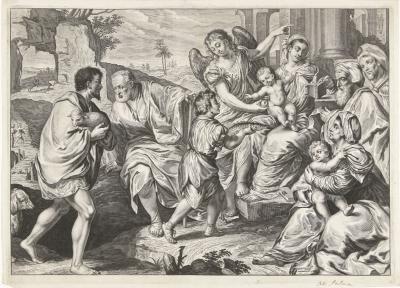
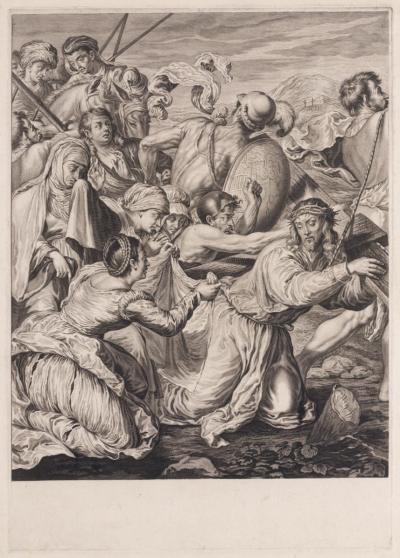
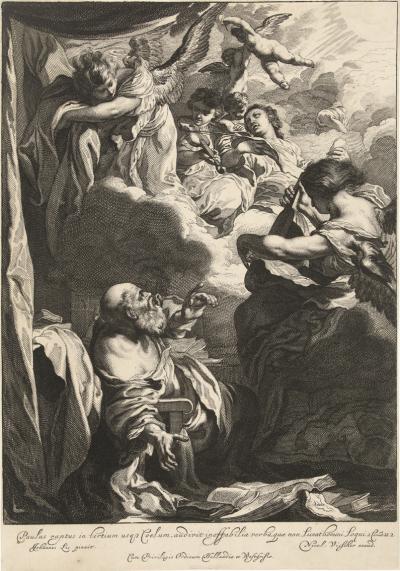
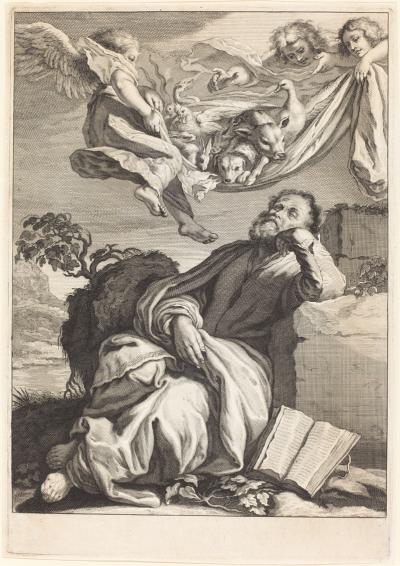
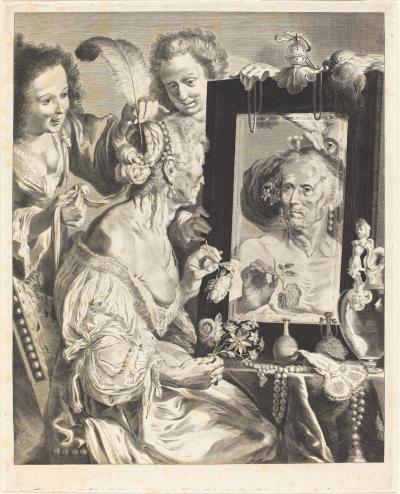
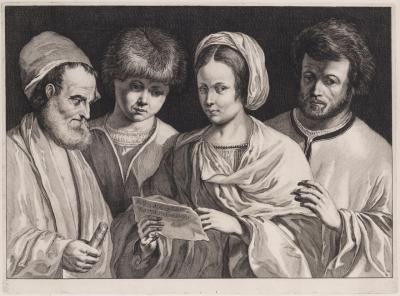
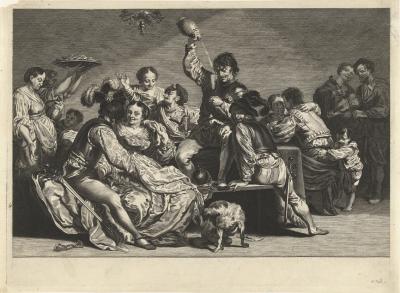
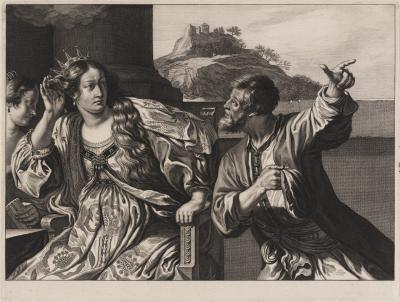
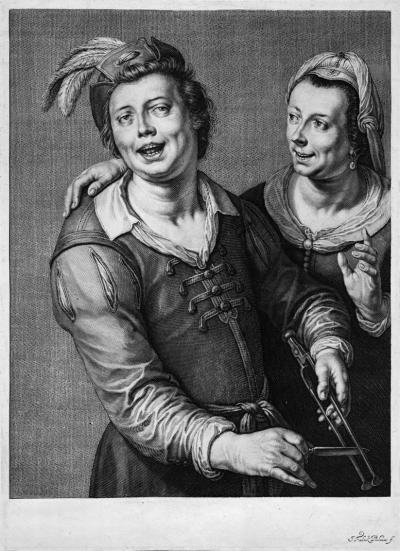
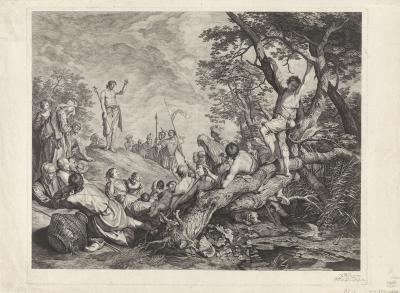
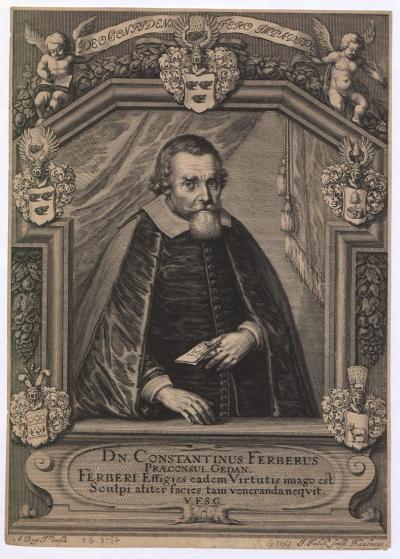
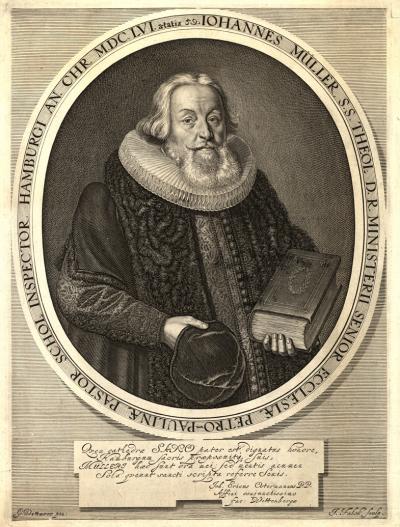
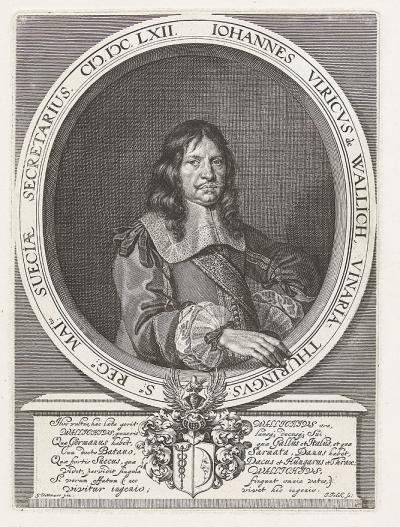
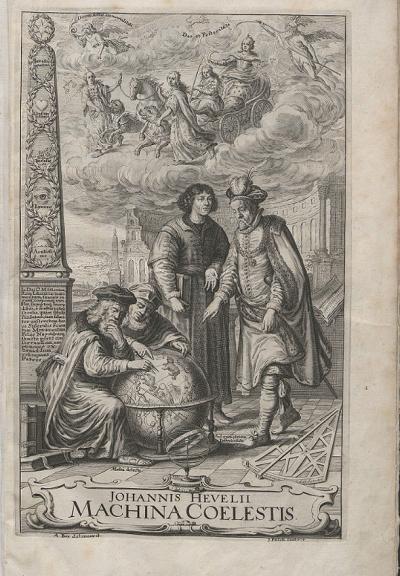

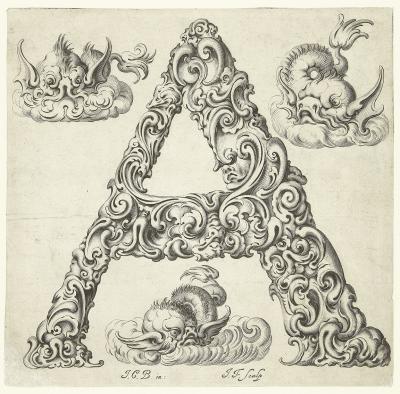
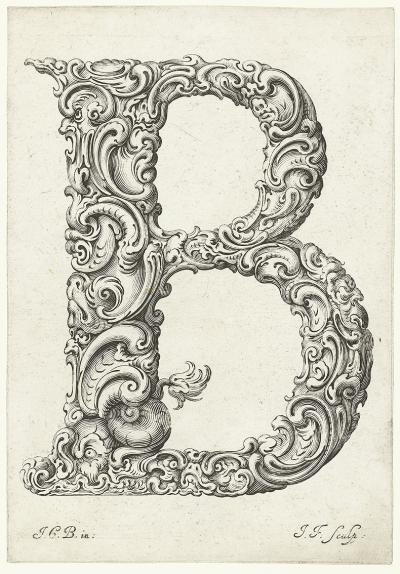


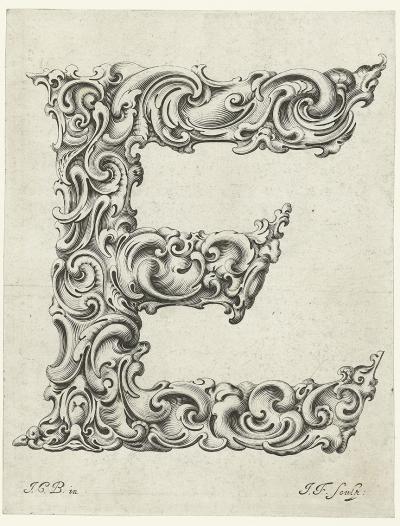
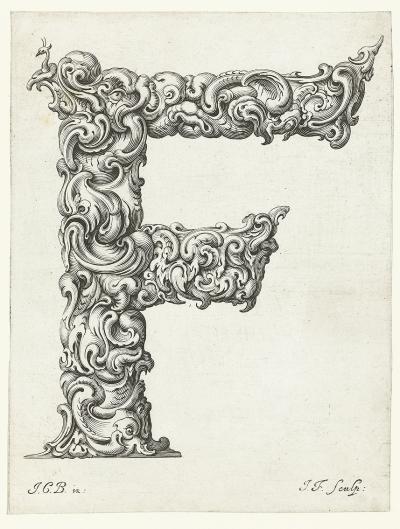
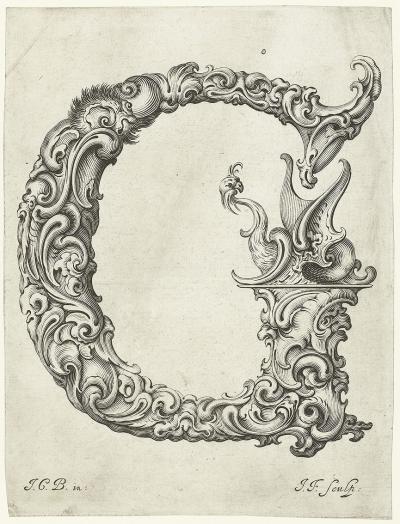
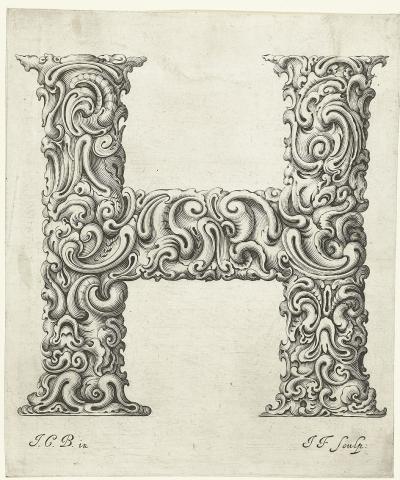

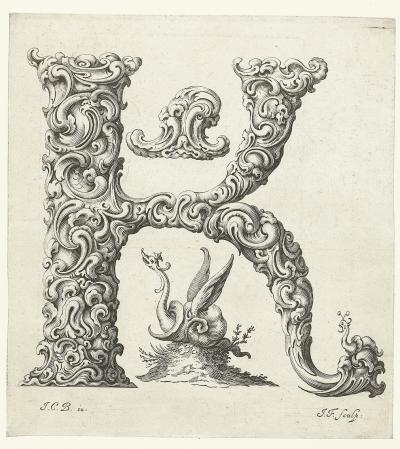
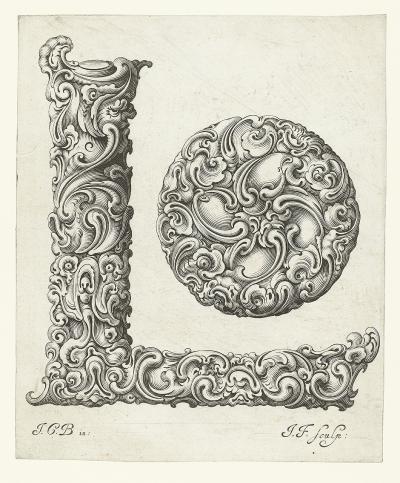
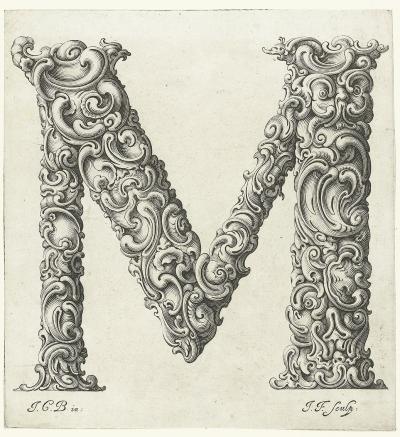
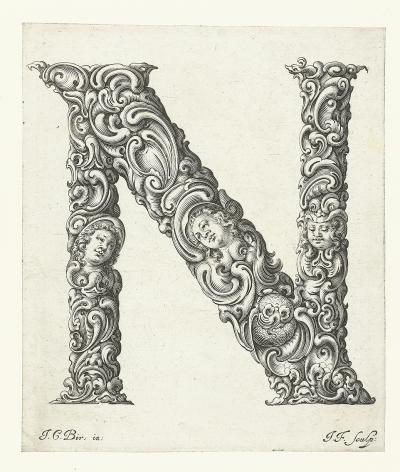
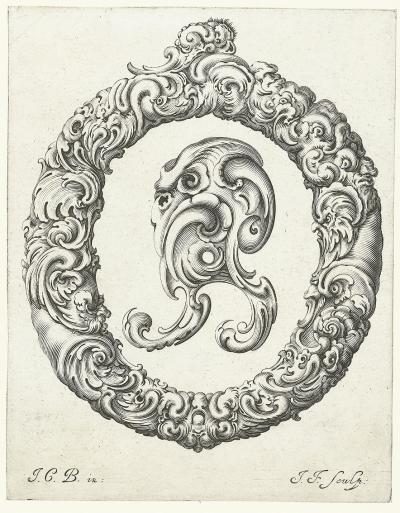
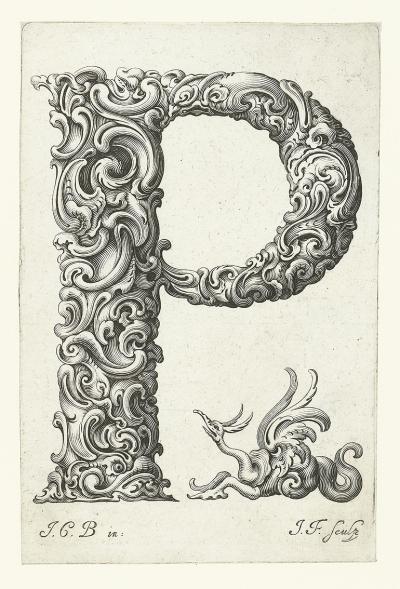
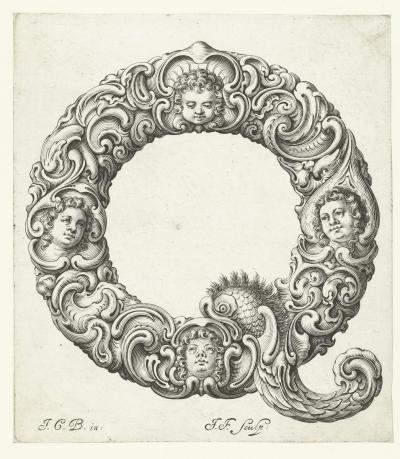
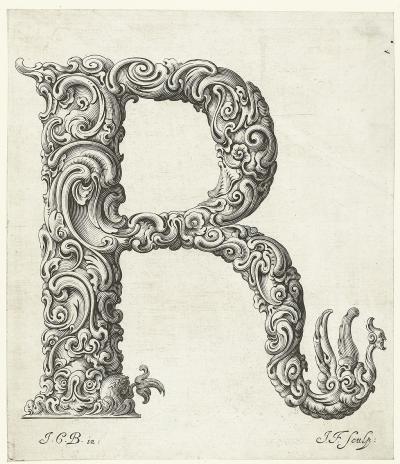
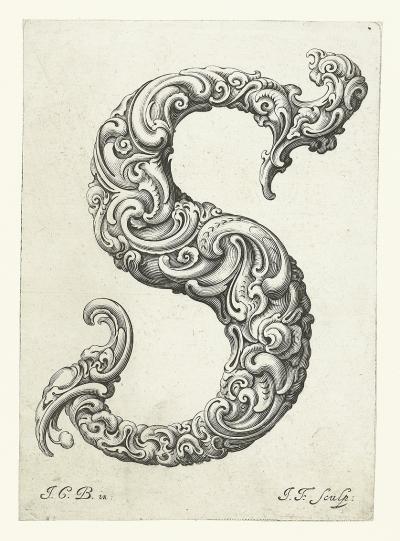
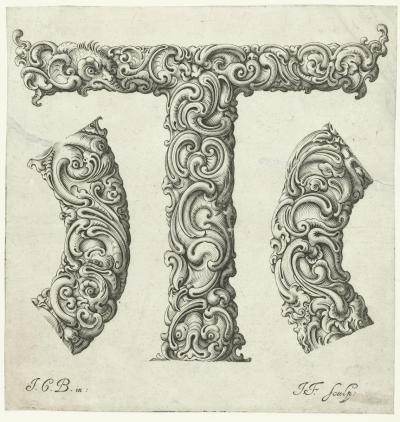
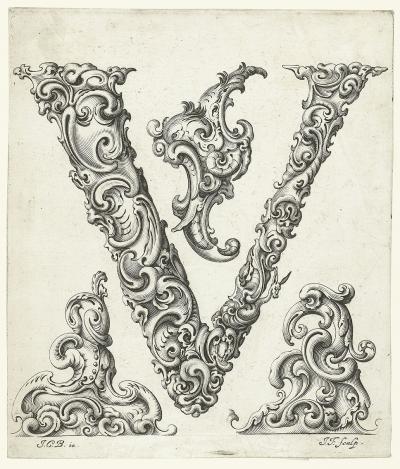
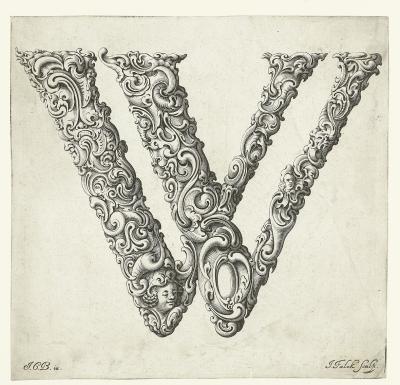
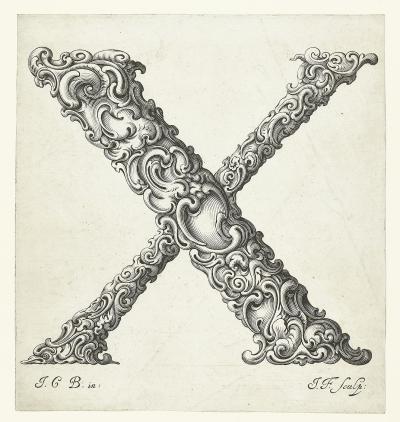
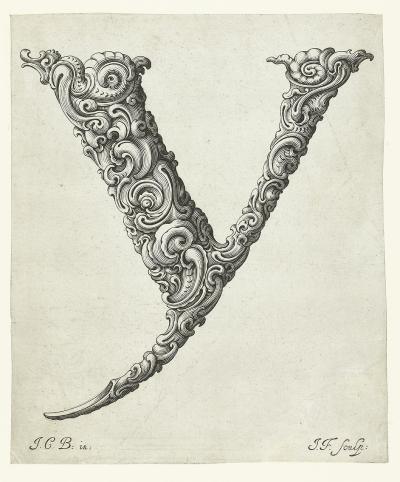
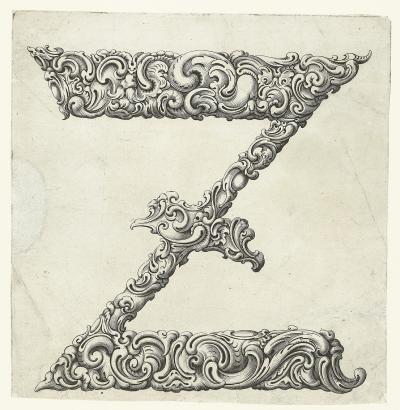

At the same time Falck made a series of engravings of historical personalities and those who had died in the previous decades: in 1644 , portraits of the astronomer Nicolas Copernicus from Thorn (1473-1543, Block 227, Ill. 6) and the Danish astronomer, Tycho Brahe (1546-1601, Block 214, Ill. 7), both of which were based on unknown originals. In 1645 he made an etching entitled “Gran Mogor”, based on a painting by Claude Vignon (1593-1670), showing an Oriental prince who was presumably the Grand Mogul of India, Akbar the Great (1542-1605). The engraving comes from a series of at least 25 sheets showing “Diverse Historical Male Figures”, edited by François Langlois: this was the only one engraved by Falck (Block 268, Ill. 8). Equally in 1645 he engraved a portrait of the Dutch cartographer and publisher Willem Blaeu (1571-1638, Block 211, Ill. 9), based on an unknown original; and a portrait of the Flemish anatomist, surgeon and botanist, Adriaan van den Spiegel (1578-1625). The latter was simultaneously the title engraving on a two-volume work that appeared in Amsterdam in the same year, entitled “Opera omnia” (Block 282, Ill. 10).
Falck also completed the vast majority of his mythological and allegorical portraits in Paris. He created a series of six Greek and Roman engravings showing Juno, Pallas, Venus, Diana, Flora and Paris (Block 55-60), all of which Block viewed in the Czartoryski Museum in Kraków. His allegorical portraits include “Twelve Months”, the “Five Senses”, the “Four Seasons”, the “Four Daytimes”, the “Four Ages”, the “Four Parts of the World”, the “Four Elements” and the “Four Areas of the World”, mostly in several sequences (Block 69-154). A huge number of European collections contain his engravings “January” and “March” from a sequence of sheets on the “Twelve Months”, based on paintings by Joachim von Sandrart (1606-1688), which are now exhibited in the State Gallery in the New Mansion in Schleißheim (Block 81, 82, Ill. 11, 12). An equally common single sheet entitled “The Day” is also one of the Daytime allegories. It is also based on a painting by Sandrart and shows a curly haired boy scattering flowers with his right hand and holding a torch in his left hand (Block 83, Ill. 13). Four engravings from a first series on the “Four Seasons” show the Roman goddesses Aurora, Venus, Diana and Proserpina, each with their individual attributes in costumes and with hair styles from Falck’s time, as the embodiments of morning, noon, evening and night (Block 115-118, Ill. 14-17). The series was published by Jean Le Blond, as were the second and third sequences on the same theme: Block saw them in the Czartoryski-Museum and the Pawlikowski collection (Block 119-126). Le Blond also published a series on the “Four Seasons”, embodied by lovers in contemporary costumes with freshly blossoming flowers, ears of corn, apples and grapes, and a trident presumably for catching fish (Block 101-104, Ill. 18-21). Le Blond also published the series “The Four Parts of the World” or “The Four Monarchies”, showing kings and emperors of Assyrians, Medes, Greeks and Romans in dramatically idealised poses and fantasy antiquated costumes based on sketches by Claude Vignon (Block 151-154, Ill. 22-25).





















































































